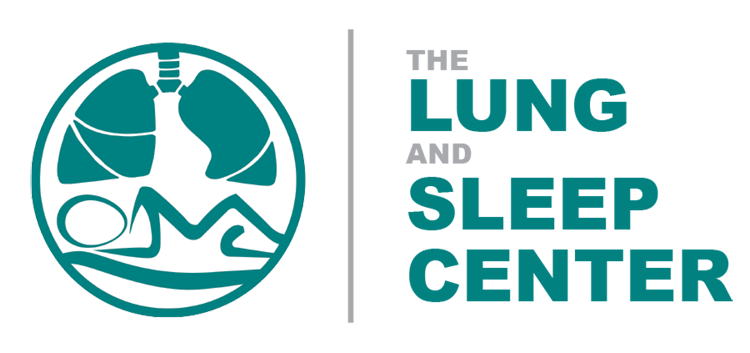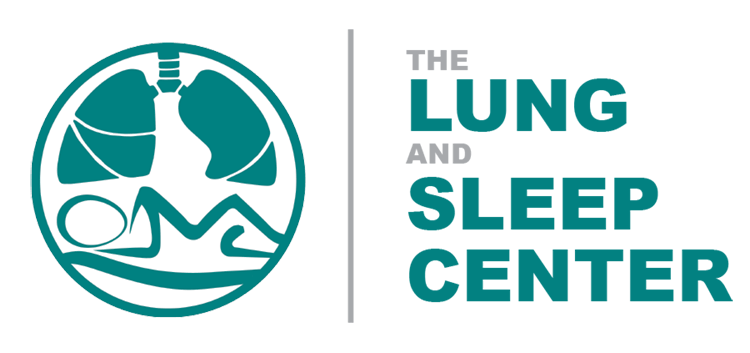Procedures
Thoracentesis
Thoracentesis is a procedure to remove fluid from the space between the lining of the outside of the lungs (pleura) and the wall of the chest
Bronchoscopies
Bronchoscopy is a diagnostic procedure that allows your doctor to look at your airway through a thin viewing instrument called a bronchoscope. During a bronchoscopy, your doctor will examine your throat, larynx , trachea and lower airways.
Bronchoscopy may be done to diagnose problems with the airway, the lungs, or with the lymph nodes in the chest, or to treat problems such as an object or growth in the airway.
6 Minute Walk Test
Determining the physical capability of an individual with COPD is an important aspect of planning his or her clinical treatment. Because many people, especially those who are elderly, are unable to perform the standard treadmill-based exercise test used to evaluate exercise capacity, the 6-minute walk test was developed as a valid alternative.
A 6-minute walk test is generally done at the start of a pulmonary rehabilitation program or to evaluate a patient for lung surgery. The test measures the distance a patient can walk quickly on a flat, hard surface in 6 minutes and reflects an individual's ability to perform daily physical activities.
Cardio-Pulmonary Exercise Testing
Cardiopulmonary exercise testing is an important clinical tool to evaluate exercise capacity and predict outcomes in patients with heart failure and other cardiac conditions.
A Cardiopulmonary Exercise Test (CPExT) is performed to evaluate dyspnea or exercise intolerance. Other tests include exercise-induced bronchoconstriction and six-minute walk tests.
Spirometry
Spirometry is the best test to assess lung function. It often is used to evaluate a person who has a chronic cough and sputum (mucus) production and a history of risk factors for chronic obstructive pulmonary disease (COPD), even if shortness of breath is not present. It is also used to find out whether a specific therapy has improved lung function or whether your lung disease is getting worse.
Complete Pulmonary Function Testing
As the name implies, pulmonary function tests (PFTs) measure how well the lungs are moving air in and out. They also measure how well the lungs are moving oxygen to the blood. These breathing tests use special equipment and are done by trained staff in a hospital or office setting. Most are done by blowing into a tube while you sit in a chair.


